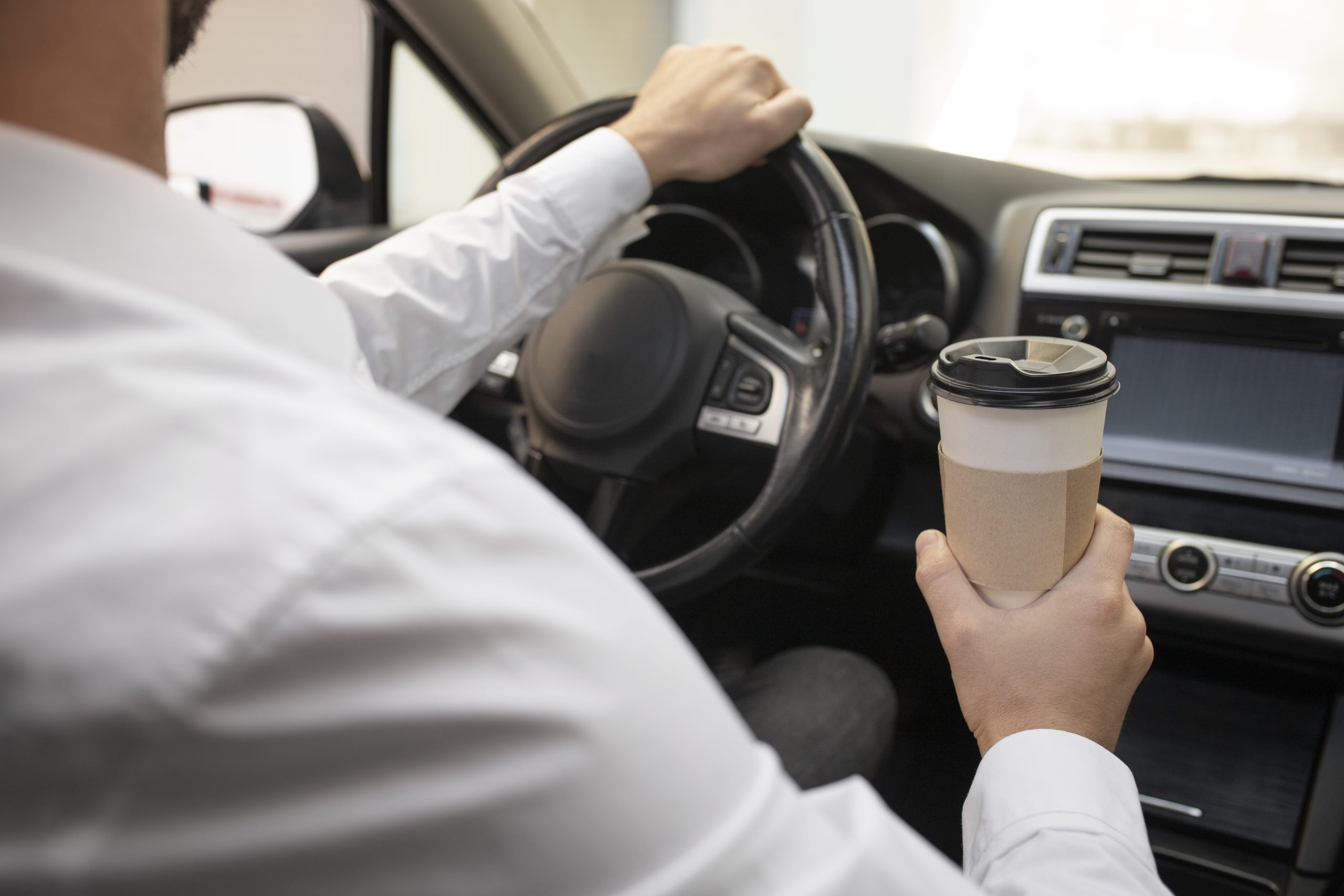

According to government data, fatigue was a role in 1,195 collisions in 2021, but there is a lack of knowledge on what OSA sufferers – a demographic at elevated risk of driver sleepiness – should do if they feel fatigued while driving. Professor Ashleigh Filtness, a specialist in Transport, Human Factors, and Sleep Science in the School of Design and Creative Arts, will assess the effectiveness of a ‘caffeine naps’ – in which drivers have a caffeinated drink and a 15-minute nap – as a countermeasure to driving tiredness in OSA patients.
The Road Safety Trust-funded initiative will produce an evidence-based guideline for best practice, which will subsequently be distributed to OSA patients, clinicians, and the Driver and Vehicle Standards Agency (DVSA).
“Sleepiness is a natural part of everyday life,” stated Professor Filtness. Everybody gets fatigued every day, thus every motorist should know what to do if they get tired while driving.
“Having a caffeinated drink and a 15 minute nap, if possible, helps to temporarily alleviate tiredness. This countermeasure of a ‘caffeine naps’ has been evaluated in laboratory settings, however, it is not known how or if drivers put this advice into practice in the real world.
“Additionally, while this advice is likely to be appropriate for the vast majority of people, for some its efficacy has not been tested and it could be that alternative advice may be more effective.
“One such group is OSA patients. OSA patients would routinely be advised to sleep on their side and use a continuous positive air pressure machine while sleeping, neither of which is practical when having a nap in a vehicle.
“This project will undertake a focused investigation to develop appropriate guidance for OSA patients and their physicians. Being alert when driving is everyone’s responsibility, so it is important that we all have access to accurate information to help manage driver sleepiness.”
Sonya Hurt, chief executive of The Road Safety Trust, added: “Driver fatigue causes hundreds of collisions a year. It is a really serious issue.
“This project can play a big role in alleviating risk for drivers who suffer with OSA, through establishing the best practice for so-called caffeine naps.”
more recommended stories
 Poor Kidney Function and Alzheimer’s Biomarkers Explained
Poor Kidney Function and Alzheimer’s Biomarkers ExplainedPoor kidney function may influence levels.
 Walking Speed Before Hip Replacement Predicts Recovery
Walking Speed Before Hip Replacement Predicts RecoveryNew Evidence Points to a Simple,.
 Neuroblastoma Drug Combo Extends Survival in Models
Neuroblastoma Drug Combo Extends Survival in ModelsA Promising Shift in High-Risk Neuroblastoma.
 How Soybean Oil Impacts Weight Gain and Metabolism
How Soybean Oil Impacts Weight Gain and MetabolismWhy Soybean Oil May Affect Metabolism.
 Coffee and Cognitive Function: Evidence Review
Coffee and Cognitive Function: Evidence ReviewA new narrative review in Cureus.
 Colorectal Cancer Screening Rates Low in Adults 45–49
Colorectal Cancer Screening Rates Low in Adults 45–49Recent UCLA research reveals that colorectal.
 Gut Immune Cells and Long-Lasting Antiviral Protection.
Gut Immune Cells and Long-Lasting Antiviral Protection.Breakthrough Findings on How Gut Immune.
 Mild Pancreatic Duct Dilatation Signals Higher Cancer Risk
Mild Pancreatic Duct Dilatation Signals Higher Cancer RiskEarly Structural Changes Offer Critical Clues.
 How the Uterus Senses Force During Labor: New Insights
How the Uterus Senses Force During Labor: New InsightsA new study published in Science.
 Fat-Free Mass and Brain Outcomes in Preterm Babies
Fat-Free Mass and Brain Outcomes in Preterm BabiesEarly Fat-Free Mass May Hold the.

Leave a Comment